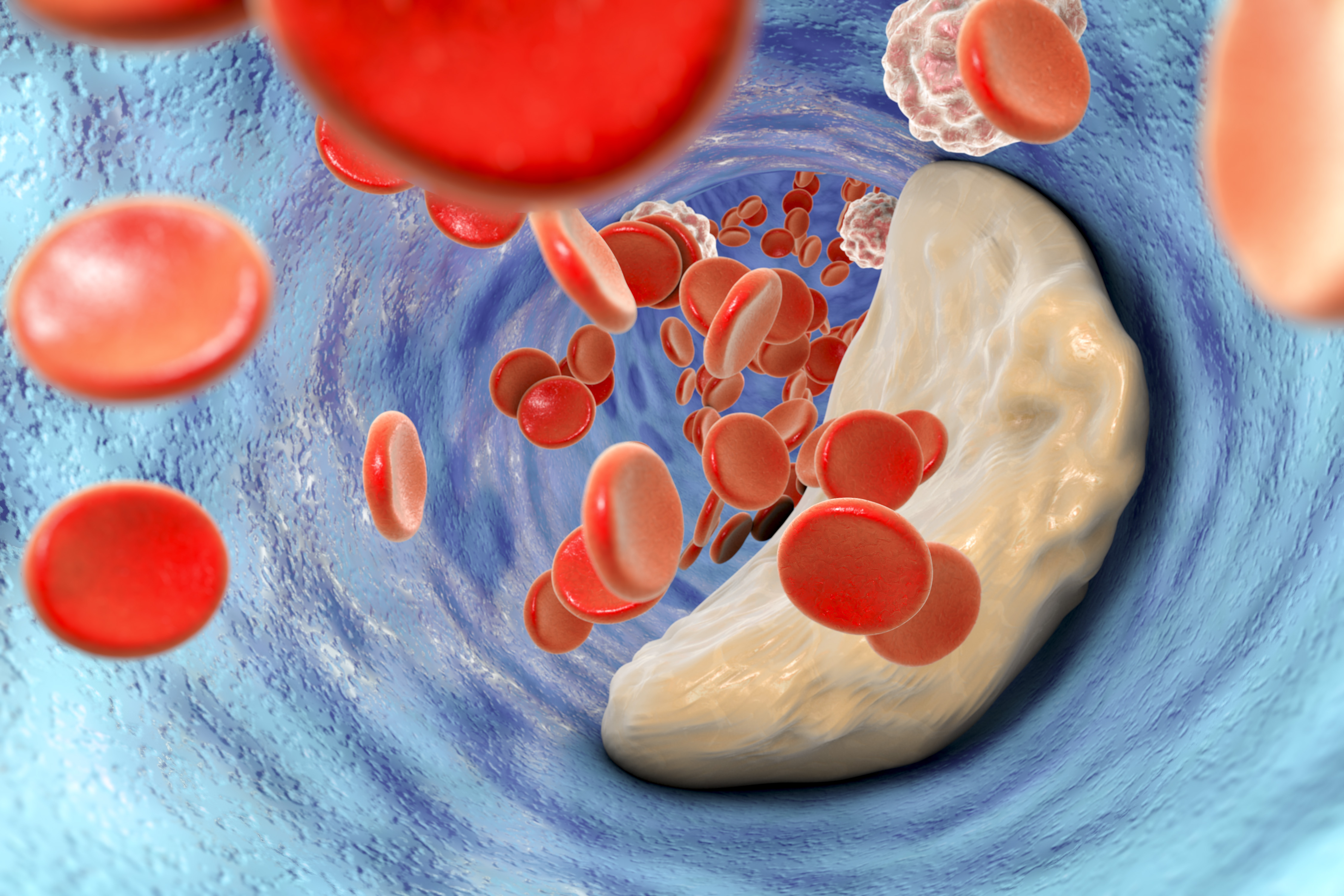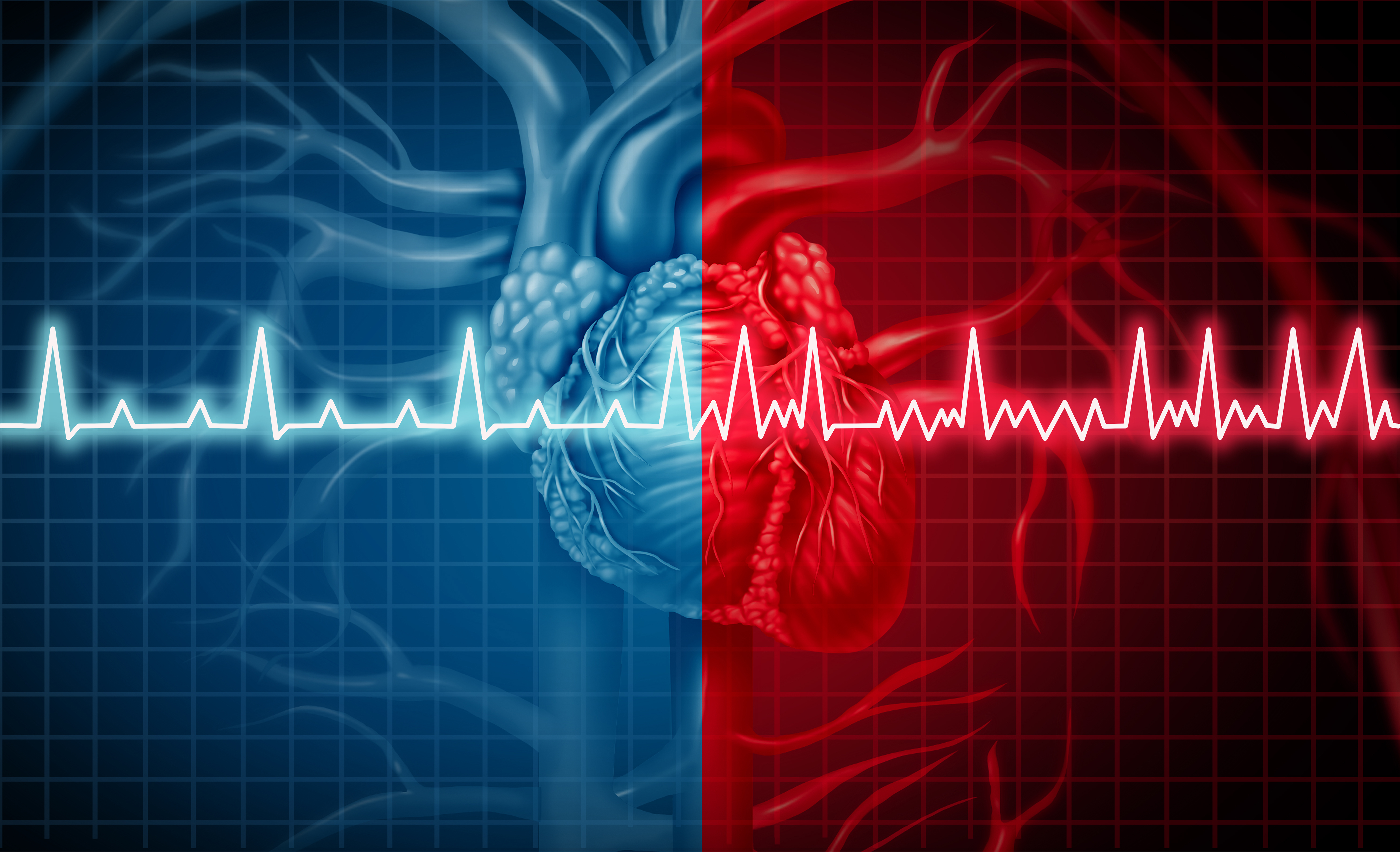In patients with stable coronary artery disease, a decrease in circulating progenitor cell count during exercise is associated with worse disease prognosis compared to the presence of stress-induced myocardial ischemia. The study led by Dr. Kasra Moazzami that was published in JAMA Cardiology highlights the need to identify whether strategies to improve circulating progenitor cell count response during exercise will lead to a better prognosis.
Coronary artery disease continues to be one of the most common causes of death worldwide. Stress-induced myocardial ischemia and risk stratification is typically done through single-photon emission computed tomography (SPECT) myocardial perfusion imaging or echocardiography. However, these procedures are expensive and patients are exposed to radiation. There is evidence to suggest that circulating progenitor cells (CPC) and stem cells are associated with repair and regeneration after myocardial injury. CPC originate from the bone marrow and can be quantified using flow cytometry. A previous study demonstrated that patients with coronary artery disease who develop myocardial ischemia during physical exercise experienced a decrease in CD34+/CXCR4+ and an increase in stromal-cell derived factor 1a (SDF-1a). However, whether changes in CPC counts during exercise are associated with adverse outcomes in patients with coronary artery disease (CAD) is not known.
In this study, patients with CAD were included in the study and followed for 3 years. The presence of CAD was determined based on angiographic findings, a history of myocardial infarction or revascularization, or a positive nuclear stress test. Patients with a recent acute coronary syndrome, end-stage renal disease or uncontrolled hypertension were excluded. All patients underwent treadmill exercise stress testing and SPECT myocardial perfusion imaging was done at rest and 30 to 60 minutes after exercise. CPC counts were also measured at rest and 45 minutes after exercise. The primary clinical endpoint in this study was cardiovascular death and myocardial infarction.
A total of 454 patients were enrolled in the study. Of those enrolled, 31.3% had stress-induced ischemia. While there was no difference in CPC at rest, patients with stress-induced ischemia had a decrease in CPC levels after exercise as compared to those with no ischemia who had a slight increase in CPC levels (20.2% decrease vs 3.2% increase). During a median follow up of 3 years, 24 patients (5.4%) experienced the clinical outcome (12 cardiovascular deaths and 12 myocardial infarctions). After adjusting for the relevant confounders, the presence of stress-induced ischemia was associated with the primary endpoint (HR 2.79, 95% CI 1.55-5.03). As for the association between baseline CPC count and outcomes, the investigators noted that for each 50% lower CPC count, the adverse event rate increased by 48% (HR 1.48, 95% CI 1.23-2.95). However, after adjusting for stress-induced ischemia, this association was no longer significant. Additionally, post-stress CPC count had a stronger association with outcomes as compared to baseline CPC count. Even after adjustment, there was an association between post-stress CPC count and outcomes (HR of 1.84 (95% CI 1.34-3) for each 50% decrease in CPC count. The change in CPC count was also associated with an increased risk of outcomes (HR 2.59, 95% CI 1.15-3.32). Finally, the investigators also found that using the change in CPC as part of a risk prediction model led to a model that better discriminated between those who would and would not get the adverse event as compared to the presence of stress-induced ischemia on imaging.
The findings of this study demonstrate that the magnitude of change in CPC count after exercise was associated with an increased risk of death or MI after follow-up. The investigators suggest that measuring CPC counts during stress testing may be an inexpensive and more sensitive method of evaluating the association between exercise stress testing and disease progression in patients with stable CAD as compared to conventional imaging technology.





